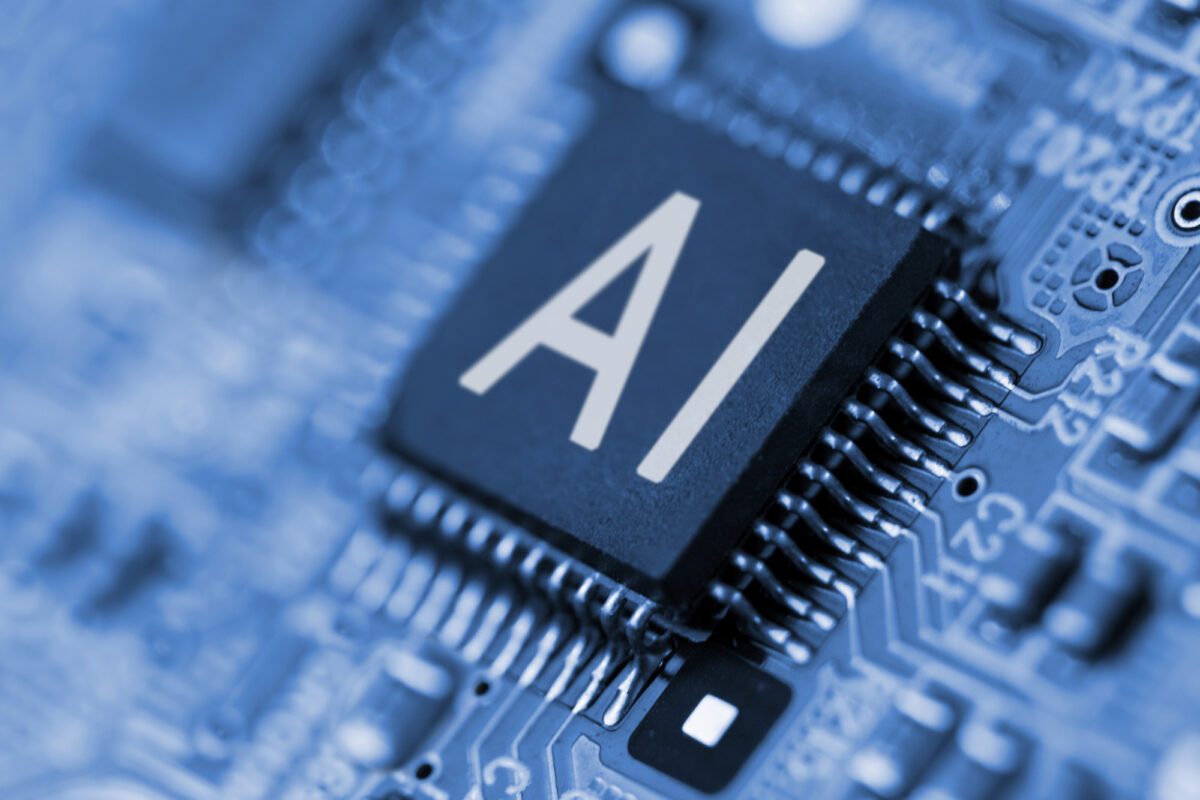
How to sustainably monetize generative AI
The total addressable market for generative AI is projected to be US$185 billion in 2025.
- 2024 will see AI applications and monetization come into focus.
- Four growth pillars of generative AI: digital advertising, digital work, model training or inference services and chat bots.
- The global AI sector is now moving to the AI inference stage.
Ever since ChatGPT’s launch last year, there has been an uptick in the development of large language models (LLMs) and generative AI. What followed are new trends in multi-modal LLM development, rising demand for AI inference which uses a trained model to make predictions on a new set of data, and rolling out AI models and solutions from the cloud to user touchpoints such as smartphones and internet-of-things devices. 2024 will see AI applications and monetization come into focus, according to Nomura analysis. Big tech companies are lowering entry barriers for AI adoption, thanks to better fundamental LLMs and computing infrastructure.
There are sizeable roadblocks before AI becomes an indispensable part of the future, including computing power limitations, quality of data supply, data security and compliance risks. The supply bottleneck for computing power is worsening for China due to export controls on advance AI chips from the US government. However, there are several directions Chinese AI companies could continue their AI training and inference. One way is to increase exposure to the domestic AI infrastructure supply chain. Another is to reduce demand for advance AI chips by redesigning model architecture or optimizing model training mechanisms. A third is to develop vertical models with smaller size of parameters and training data.
Although large tech companies will continue to train next-gen LLMs, the global AI sector is now moving to the AI inference stage, with most market players striving to develop value-added solutions, according to Nomura analysis. Generative AI technologies have significant room to grow in consumer, enterprise, and government segments. The total addressable market for generative AI is projected to be US$185 billion in 2025, with four growth pillars: digital advertising, digital work space, model training or inference services and chat bots.
There are several monetization models that could apply to AI-powered tools in the consumer and professional markets. A pay-as-you-go or subscription model would allow AI tools to charge based on volume of usage or time spent. AI companies could also charge platform fees or create profit-sharing schemes for third-party developers to sit on top of their applications. They could charge license or loyalty fees. Lastly, companies could charge a project or operation fee for turnkey AI solutions including software and hardware. Popular generative AI applications already have a subscription plan in place, while Chinese LLM companies are starting to sell model training or deployment services, or integrated hardware and software machines to the enterprise and government markets.
There is also a shift to deploy AI models away from the cloud and to user touchpoints such as smartphones and internet-of-things. This step is crucial for AI applications to enter the mass market. Some pioneers have started to develop lite AI models on smartphones and PCs. This trend is also bolstered by continued processing and memory performance advancements in chipsets designed for these devices.
LLMs are morphing to become cornerstones for the global IT value chain, and generative AI technology will be utilized daily in the digital world. While the fundamental LLM market may consolidate to a few large players, the software and application market would be more dispersed. There are a lot of long-tail business applications, so software and application companies could leverage unique industry or consumer data and algorithms to differentiate themselves.
For more on AI trends, read our full report.
Contributor

Bing Duan
China Technology and Telecom analyst

Joel Ying
China Auto & Parts, Technology & Telecom research analyst

Ethan Zhang
China Technology and Telecom analyst

Donnie Teng
Greater China Semiconductor and Technology analyst
Disclaimer
This content has been prepared by Nomura solely for information purposes, and is not an offer to buy or sell or provide (as the case may be) or a solicitation of an offer to buy or sell or enter into any agreement with respect to any security, product, service (including but not limited to investment advisory services) or investment. The opinions expressed in the content do not constitute investment advice and independent advice should be sought where appropriate.The content contains general information only and does not take into account the individual objectives, financial situation or needs of a person. All information, opinions and estimates expressed in the content are current as of the date of publication, are subject to change without notice, and may become outdated over time. To the extent that any materials or investment services on or referred to in the content are construed to be regulated activities under the local laws of any jurisdiction and are made available to persons resident in such jurisdiction, they shall only be made available through appropriately licenced Nomura entities in that jurisdiction or otherwise through Nomura entities that are exempt from applicable licensing and regulatory requirements in that jurisdiction. For more information please go to https://www.nomuraholdings.com/policy/terms.html.



